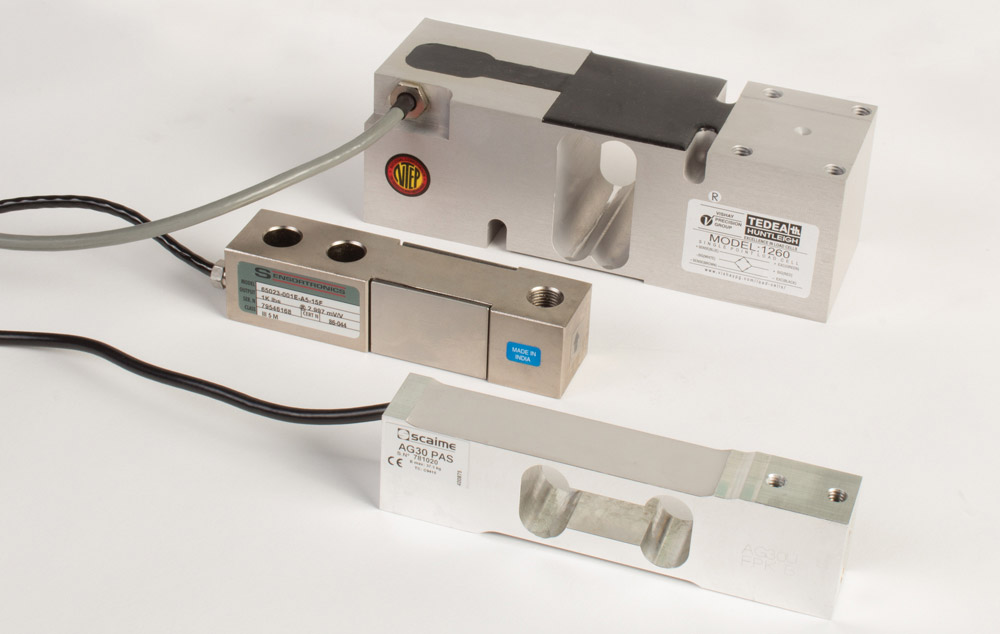
Load cells are used for measuring force in different applications by converting mechanical force into electrical signals using strain gauges. Often, they have four strain gauges mounted to form resistors. Picking the right load cell can be tricky. There are a variety of cells to select from that have unique requirements. Typically, these force transducers are composed of tool steel, stainless steel, and aluminum. Their applications range from scales and vessel weighing applications for testing equipment like force test stands.
Although there are a lot of applications for these transducers, they also come in many kinds. They are available n a variety of shapes such as S beam, shear beam, canister, and bending beam. When choosing a load cell, there are factors you must think about including the following:
The Magnitude of Load Being Measured
Typical load cells provide overload protections of around 1.5 times the rated load capacity. When the load is applied beyond this load capacity, the cell can be severely damaged and might have to be recalibrated to guarantee accurate readings.
The Kind of Environment you Will Use the Load Cells
One of the most important considerations when choosing a load cell is where or not to have intrinsically safe components. While the majority of cells provide some degree of temperature compensation, you must think about the operating conditions before picking a sell. Load cell systems that will be in a hazardous environment that have segments that comply with the recommended certification standard. Keeping the environmental conditions in mind will let the weighing system to operate dependably. If your application is outdoor, find transducers that have an IP68 rating.
Application
In general, load cells are categorized as compression, tension, or both. A tension cell is utilized for suspending the item being measured and measuring the way the cell flexes while it’s pulled. With a compression cell, force is applied directly to the cell and measured according to how the load cell fixes upon the application of weight.

Most scales use compression cells while vessel weighing can be done by putting compression cells under the vessel’s legs or suspending it with tension cells. The right choice for your application depends on some factors including the cost, environment, structural limitations, and space.
Cell Size
Consider if the cell is subjected to overloads, shocks, excess weight to a side, or live and dead load miscalculations. Ensure the cell can deliver dependable results even under these conditions. You can determine the right cell size by adding the live load and dead load and dividing the sum by the total number of cells. Also, you can account for overfilling, unequal loads, or shock by adding 25% to the number calculated. Having all load cells in the system accounting for the bigger capacity will account for the excess weight on one side.
Loading Direction
Generally, load cells are made for measurements in either Tension or in compression. If your application needs forces to be measured in both directions, the system’s accuracy may be lower than it is in only one direction. Calibrating the cells in both directions will get you charged an extra fee.









